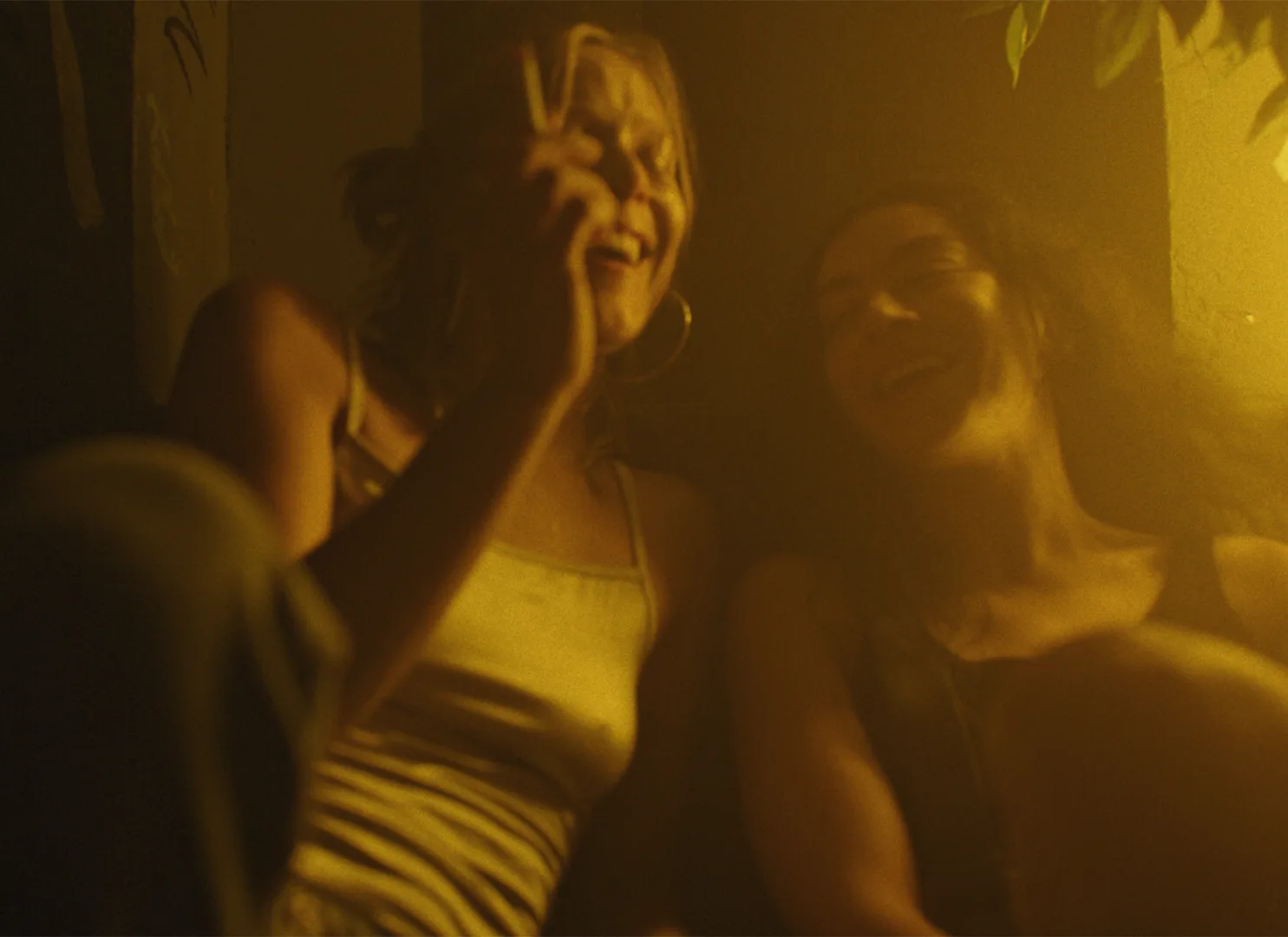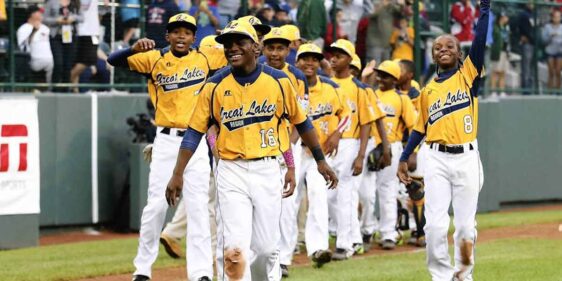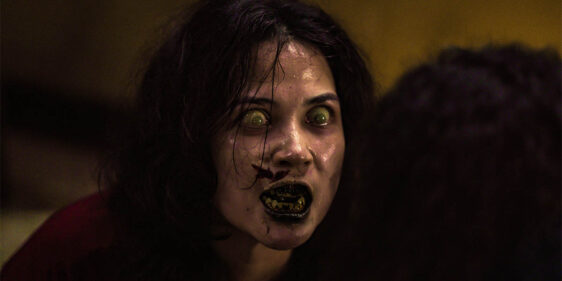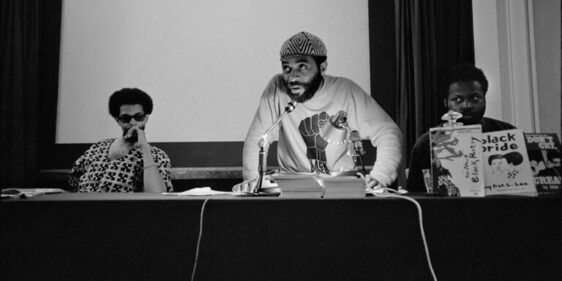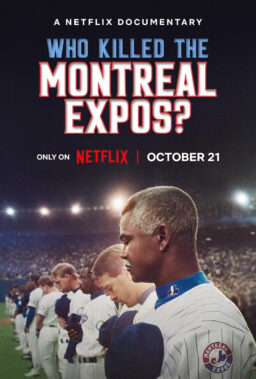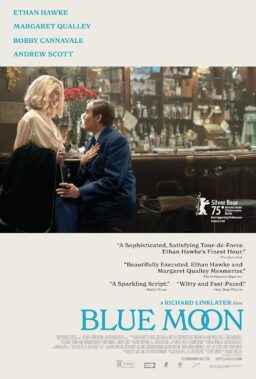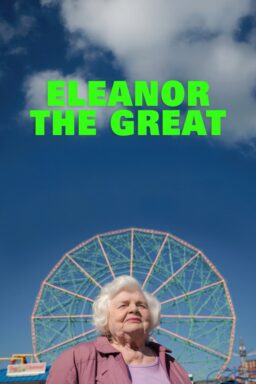The titles that usually break out of TIFF’s Midnight Madness program are often characterized by audacious, crowd-pleasing spectacle (consider the uproarious acclaim for “The Furious”). I’ve always been drawn to the more unconventional midnighters; those stories that may not boast the action choreography and visceral thrills of their louder siblings, but remain intriguingly disquieting. This dispatch covers two Midnighters here that fit that bill, plus another lo-fi cut featuring a brat-ty pop star that feels right at home with these strange delights.
Pete Oh’s “Erupcja” arrived with considerable fanfare and built-in hype thanks to the casting of pop star Charli XCX. It is a strong showcase for the singer, who radiates a restrained confidence. She stars as Bethany, a woman who has arrived in Warsaw with her boyfriend, Rob (Will Madden). Bethany has the correct suspicion that Rob is going to try to propose to her, so she abandons the carefully crafted plans he’s laid out and seeks the company of her longtime friend, Nel (Lena Góra).
Their reunion is quite literally explosive; as Bethany recounts, every time the two are in the physical proximity of each other, a volcano erupts (some of their greatest hits include eruptions in Iceland, Chile, Ecuador, and the Philippines). Rob later informs that Mount Etna erupted, which confirms the trend. Nel and Bethany have fallen out of love, with Nel in particular disenchanted by Bethany’s propensity to appear and disappear at her whim, but the temptation to reconnect after so much lost time is irresistible to them both.
Whether these eruptions are purely coincidental or there’s a mythological buttress to their relationship isn’t the core mystery of Ohs’ film; it isn’t the most important mystery to solve in Oh’s film. It’s very much a “hangout” movie, but the simplicity of its breezy, no frills story acts as a playground for Ohs’ actors to meditate on how elemental emotions like love, and the ways the universe, if it had a voice, might reject our self-loathing and offer grace instead. This is a project that focuses on the ways natural disasters–those unexplainable forces–can remind us of our finitude, and remind us that with our limited time on Earth, we should try our best to make amends with the people who’ve meant the most to us.
This idea of characters flitting between disconnection and connection is beautifully manifested in the filmmaking itself; Ohs shoots the film with lots of intimate handheld camera angles; it often feels like we’re chasing after Nel or Bethany, who are always out of our reach. This continuous sense of playfulness and mix between the profound and the everyday that makes “Erupcja” so quietly incendiary. Ohs, also cleverly intercuts a particularly emotional monologue with an establishing shot of Warsaw or a volcano. It’s as if to say that our personal lives are so wrapped up in the larger story of nature that those two temperaments can affect the other.
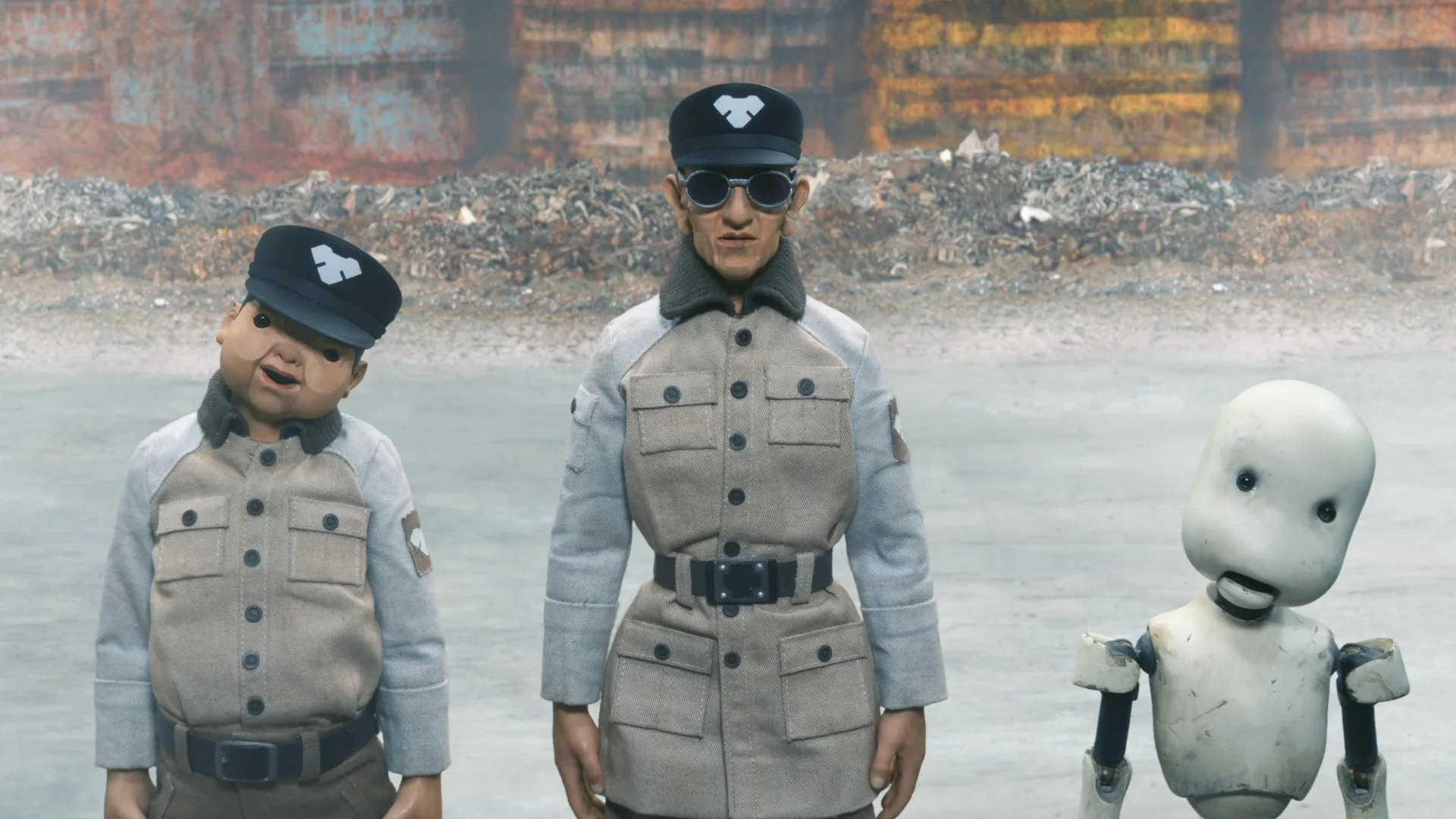
On the complete opposite end of restraint is director and stop-motion trailblazer Takahide Hori’s “Junk World.” It’s a prequel set more than a millennium before Hori’s film “Junk Head,” and is by all accounts, one of the most insane films I’ve ever seen. Overkill means little, however, if there isn’t anything to anchor the madness, and as it stands, despite some truly riveting set pieces and intriguing ideas, it all just feels like a sizzle reel for work that could have been in service of a better, less convoluted story.
But still, the world that Hori has crafted here is breathtaking. It would have been forgivable and understandable if, to save on time and money, Hori had made the apocalyptic hellscape depicted simplistic or too similar to our own. It feels like he took the film as a challenge to see how much of the familiar he could render uncanny. He remixes and fleshes out every detail of this strange, violent world: monstrous, four legged creatures stalk the Earth, creepy parasites slither across the ground and are quickly stomped asunder by combat boots, a character pulls the trigger on a revolver which discharges a sword blade, a crashed train’s broken cars are sprawled like a mechanical, open hand, phallic shaped fungi adorn dinner plates … the list of striking images keeps going.
All these accoutrements serve as a way to tell a larger story: that of humans and Mulligans (artificial life forms that were created to work for humans but, upon gaining consciousness, rebelled against humanity). The two factions are in a ceasefire, but after an anomaly in the underground city of Kaapvaal, a team of humans and Mulligans has to work together to investigate it. Time travel, dimensional distortions, cults, cannibalism, and any other trope of the dystopian genre manage to find their way into the film.
Split into three acts, the film is a bit too convoluted to sink your teeth into, but Hori keeps it moving at a brisk pace due to its impressive fight scenes. There was only a team of six who worked on this, and it’s fascinating to see the ambition of his set pieces, whether a mech-suited warrior is firing missiles into the mouth of a monster, or BDSM wearing Mulligans are fighting with spears. The beauty of something like stop motion is that you can tell the labor of care that goes into making it; in every eccentric element of “Junk World,” you can feel Hori and his team’s love for intimate spectacle.
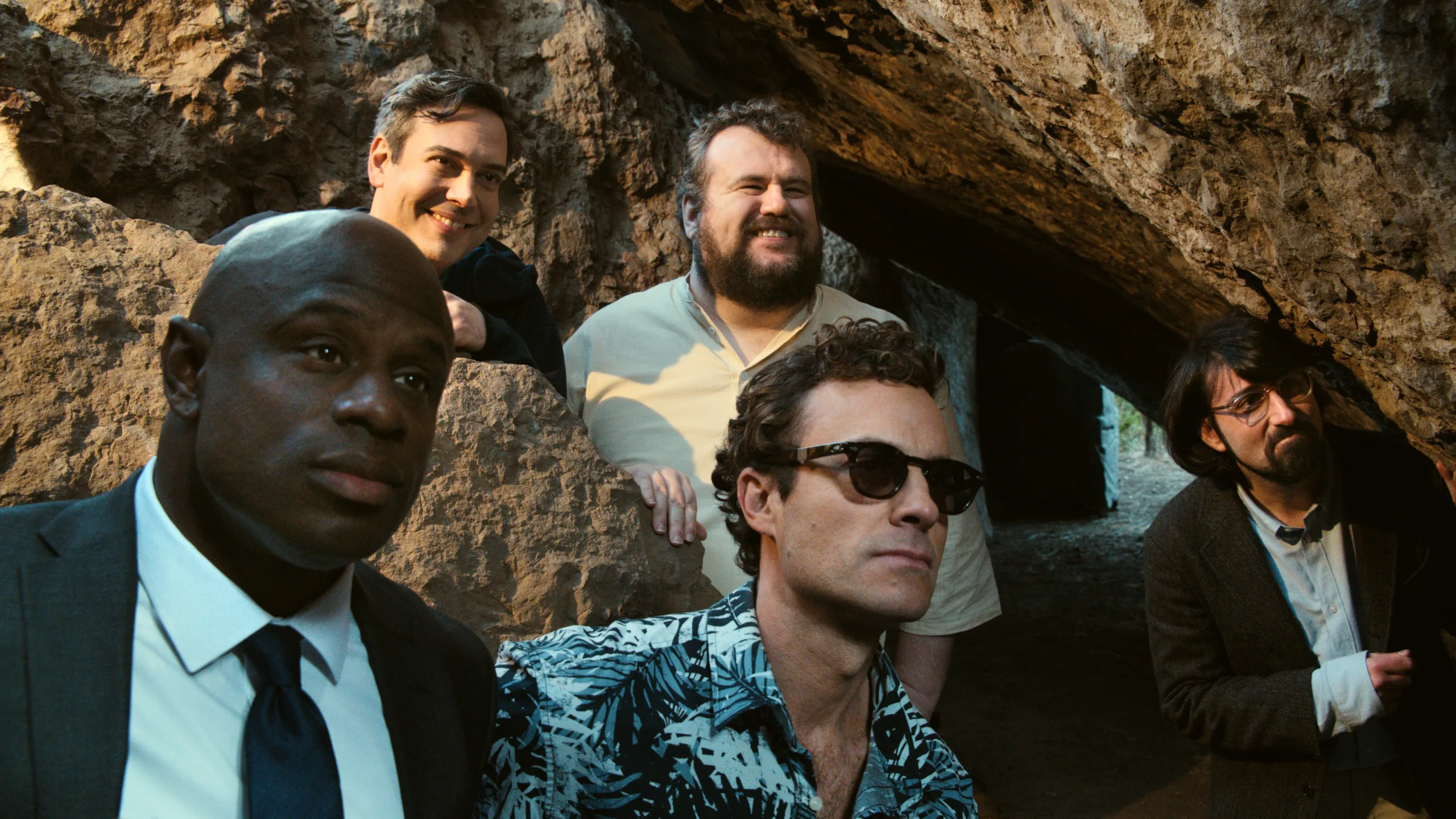
Watching “The Napa Boys” is the equivalent of witnessing a trio having a conversation, but two members suddenly decide to start cracking inside jokes. It can be novel for a while, but such isolation can quickly sour into resentment due to exclusion. If you’re going to ask your audiences to go on an esoteric journey with you, it’s important to make the story you tell compelling or worth their trust, and at every turn, Nick Corirossi keeps viewers farther away, content with leaving us on the outskirts rather than giving us an entry point for accessibility.
It’s unfortunate because the bones of Corirossi’s story make for an ingenious starting point. “The Napa Boys” is positioned as the fourth installment of a long running franchise (the title card confirms as such, officially revealing itself as “The Napa Boys 4: The Sommelier’s Amulet.”) The humor comes from the fact that we’ve never met any of these characters before and yet are expected to have buy into their stories, struggles, and relationships. There’s some clever commentary here about some of the “homework” that larger IP franchises make their viewers have to consume to stay up to date; “The Napa Boys” doubles down on it all by throwing them in the deep end of a franchise that never existed until this installment.
It’s evident that the film is spoofing not just Hollywood franchise filmmaking, in the same vein of comedies like “Wet Hot American Summer,” and the alt-comedians that Corirossi has enlisted here are in tune with the film’s faddish wavelength. The titular boys (Armen Weitzman, Corirossi, Nelson Franklin, and Jamar Neighbors) along with a newcomer, Puck (Sarah Ramos) have an effortless chemistry that feels as if they’ve truly known each other for years and I found even the moments where they spoke in ways I didn’t understand to be heartwarming if only because the distance I felt was indicative of how well they know each other.
I could try to explain the contours of the plot, but once again, the very premise of Corirossi’s story challenges the importance of a film even needing one; it’s almost as if he and his crew are trying to see how long they can keep a story without coherence. The Napa Boys unite to help their friend and wine maker Mitch (Mike Mitchell) win something called “The Greatest Grape” competition, but discover there are more mysterious forces at play due to an entity known as the “Sommelier.” Nothing is explained, and information and jokes are thrown at you at dizzying speed (fans of everything from “Sideways” to “Megalopolis” to “The Fabelmans” will feel vindication here). All the while, cinematographer Markus Mentzer employs a mix of jarring crash zooms and close-ups to give the sense that we should all be finding this funny.
This is less of a film, more of a smorgasbord of insular wisecracks upheld by crass humor and full-throated yelling. What “The Napa Boys” does have going for it is that while watching it, you’re likely to be reminded of life’s finitude. As the minutes slog along, it will likely galvanize you to seek out better films and will help you realize your limited time is too precious to squander on projects like this.

